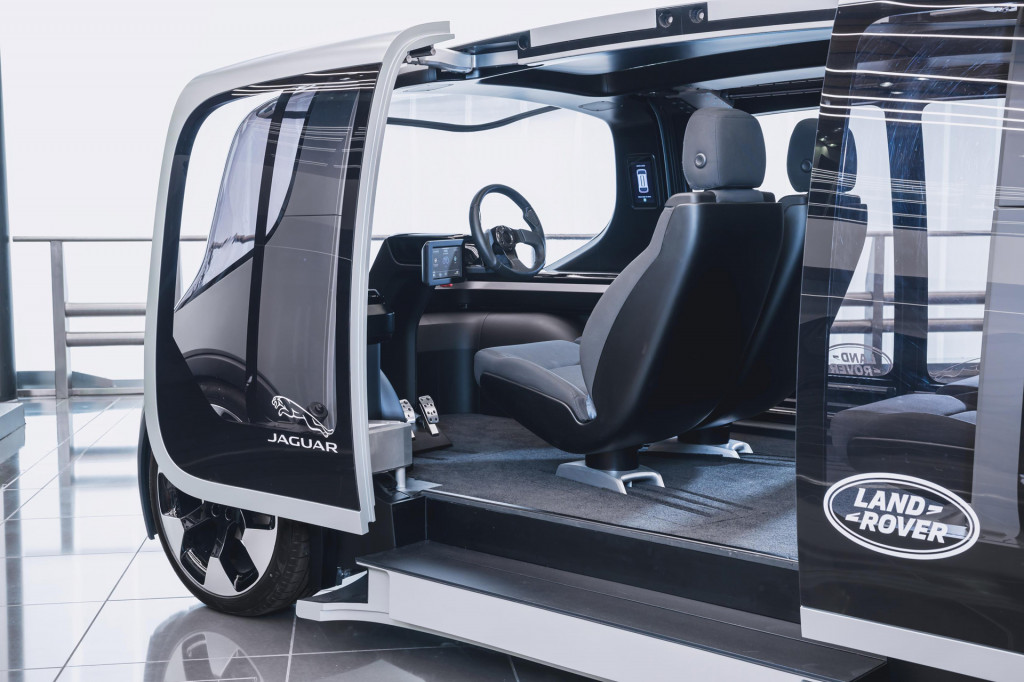Jaguar Land Rover may be know for the sleek F-Type sports car and rugged Range Rover SUV, but the British automaker's latest concept car is something completely different.
The Project Vector "concept platform" is an electric box on wheels that Jaguar Land Rover hails as the "future of urban mobility."
This isn't just a one-off show vehicle. Jaguar Land Rover plans to begin on-road testing in England in 2021.
The vehicle does have manual controls, but Jaguar Land Rover said it is also "autonomy ready," should that technology develop to the point where it is suitable for mainstream use.
With the battery pack and powertrain mounted below the floor, Jaguar Land Rover said the interior can easily be reconfigured for different uses, including ride-sharing and delivery services.
The use of a boxy electric vehicle for mobility services has become a common theme among automakers. Toyota unveiled its e-Palette concept at the 2018 Consumer Electronics Show, and has since recruited Subaru and Mazda to help develop and market a production-ready version.

Jaguar Land Rover Project Vector
The Cruise Origin, from General Motors' autonomous-driving division, is slated to go into production at GM's Detroit-Hamtramck factory. It was built specifically for autonomous driving and lacks manual controls. Whether Cruise can overcome regulatory hurdles and get the vehicle approved for use on public roads remains to be seen.
Startup Canoo's electric car has a similar shape as well, although Canoo plans to offer it to individual customers through a subscription service, rather than a ride-sharing service.
The arrival of Project Vector raises some questions about Jaguar Land Rover's electric-car plans—particularly plans to amortize Jaguar I-Pace development costs on a range of future models.
It's also unclear if Project Vector relates to a 2019 deal with BMW to co-develop parts for electric cars. That effort was supposed to focus on motors, transmission, and power electronics, which could theoretically be used in a shared vehicle like Project Vector.
